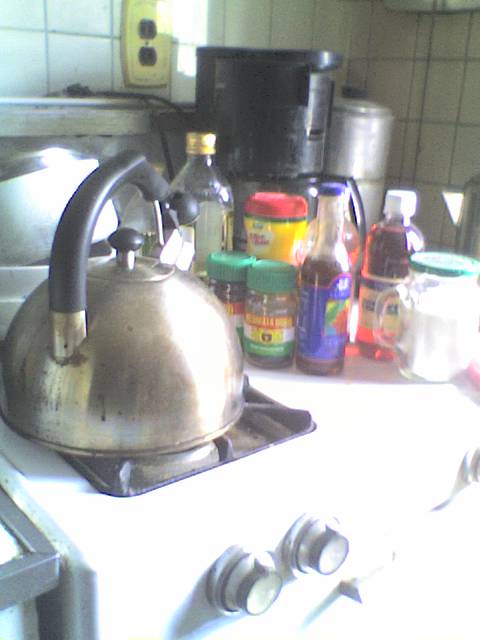Schmaltz, or rendered chicken fat is making a big comeback in private and restaurant kitchens. A new generation of both home and professional chefs are discovering this Old World staple and why not. It's is versatile yes, but also profoundly rich , adding a homey silkiness to everything from roasted vegetables to even challah. It also comes with a surprise , those yummy crispy bits of chicken fat known as gribenes.
It was the subject of an article in today's New York Times Food section.Melissa Clark got the fun job of not only writing about it but tasting and trying dishes made with it. Schmaltz is basically rendered chicken fat, brought to America by Eastern European or Ashkenazi Jews in the late 1800's and early 1900's. The name schmaltz is a Yiddish one and it refers to all rendered poultry skin, such as duck , goose and chicken. It was a staple of schetl living and then it became a huge part of the Jewish American immigrant diet. However as the Ashkenazi become more assimilated , schmaltz took a back seat to the more American Crisco. It also was deemed unhealthy in the Sixties and Seventies. Luckily the Eighties saw the grandchildren and great grandchildren return to traditional recipes and ingredients. Now young chefs use it regularly and there are even schmaltz parties or mixers. even more so, everyone is also embracing gribenes, the chicken version of pork rinds. These are a wonder byproduct that is addictive and just downright tasty.
Anyone can make schmaltz, according to Ms. Clark. Buy a whole chicken and then you can render the fat.The first step is cutting away the chicken skin and fat and placing it in a frying pan with kosher salt and water. Traditionalists will also add half a medium onion well chopped as well which imparts a sweet taste. Rendering does take a long time, Carve out about an hour for cooking. Occasionally toss the skin until it and the onion pieces are a nice deep brown. Now it has to be strained through a sieve. Reserve the schmaltz .If you want the gribenes to be crispier then return to the pan.Schmaltz can be used to fry latkes. which produces a nice , crispy potato pancake but you can also use it for roasting veggies.Ms. Clark does so with Brussels sprouts, and the process makes them crispy and delicious.She also recommends liberally sprinkling gribenes on them for more crunch and flavor. them Of course some love the fat spread on toasted challah with a sprinkle of Kosher salt
Schmaltz is making a big comeback and there is good reason why.It is silky and delicious, earthy and reminiscent of a grandmother's kitchen. It is a flavorful reminder of the past , yet perfect for modern cooking and feasting.
Subscribe to:
Post Comments (Atom)




No comments:
Post a Comment